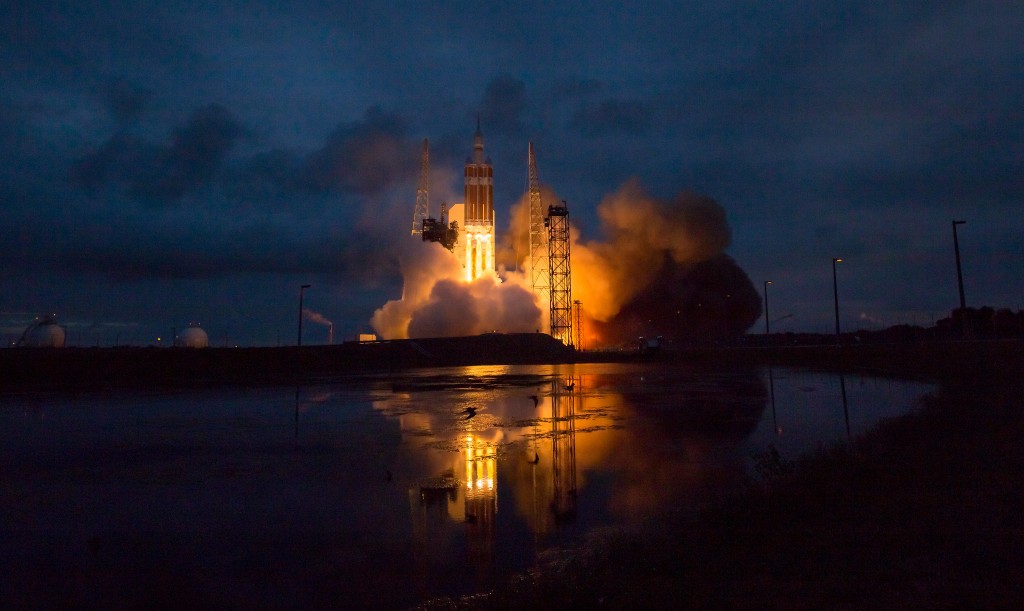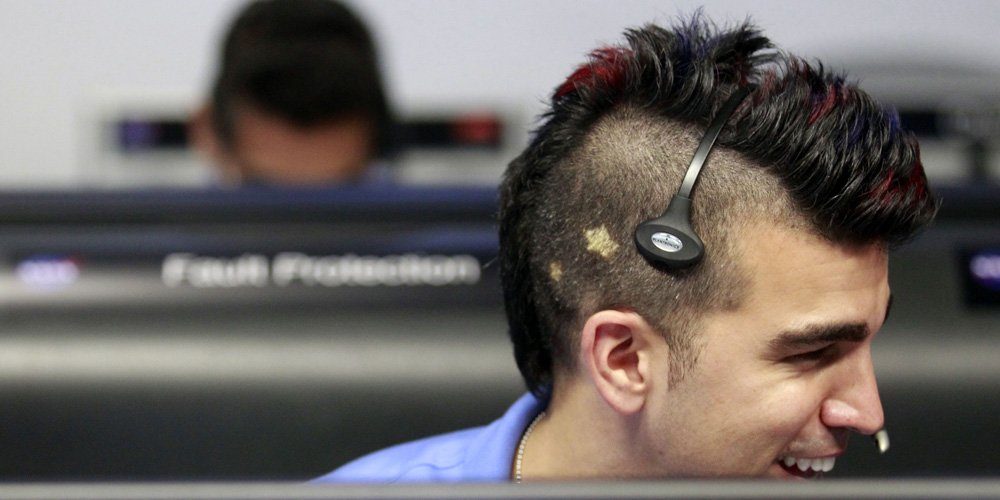Spaceships are tough work. From the time people make their first PowerPoint presentations on concepts to the time they gather data often takes ten, twenty years. A mission like NASA’s Pluto New Horizons sent out its first major announcement of opportunity – this is where a spacecraft concept exists, but actual instruments are solicited – in 2001. They’ll get their closest flyby of Pluto on July 14, 2015. My baby, Mars Curiosity, started out in the early 2000’s. I started work on it in November 2003, while landing was a short 9 years later, on August 5, 2012 – and that’s when the science mission began.
Today was the incredible launch and (even more importantly) landing of the Orion Multi-Purpose Crew Vehicle. Almost as perfect as can be for a maiden voyage.

From launch to landing, we were treated to stunning visuals of the fairing opening to reveal the spacecraft, the Earth, and finally the splashdown. All of this from a space agency many had written off as dead after the conclusion of the Space Shuttle program. And yet here we were, pushing the limits, testing a human-rated vehicle, taking it farther than any human-rated vehicle since the Apollo era.
Still, space is about patience. Today was a tremendous accomplishment, but there’s no doubt the teams of people working on Orion will take back all the data they gathered today to make improvements, plan their next tests, work on addressing any minor things that may have come up today. Orion’s next flight will be Exploration Mission 1, currently slated for late 2018. On that date, it will fly atop the Space Launch System (SLS), NASA’s next generation heavy-lift vehicle (akin to the Saturn V used for Apollo missions). And in 2021, if all goes well, we should see the first humans traveling distances via Orion that humans haven’t traveled in over forty years. In the meantime, NASA will be busy with many other missions. Some of the highlights in the next few years include:
- New Horizons – launched in 2006, New Horizons will come out of hibernation (this Saturday!) for the last time before beginning it’s final approach to Pluto, flying by in July 2015. It will be the first time we’ve visited Pluto, and the first time we’ll be able to resolve features on the surface.
- Juno – launched in 2011, it will arrive at Jupiter in July 2016, orbiting the planet, it’s measurements capable of telling us more about he formation of this gas giant.
- Mars InSight – a robotic lander to Mars to study seismology will launch in 2018, and arrive months later.
Beyond that there’s hopefully a wealth of missions more, some already in progress, like Mars 2020 – the follow-up to Curiosity, James Webb Telescope (even more powerful and capable of looking into the history of the cosmos than Hubble), and one of my favorites, a possible mission to Europa, Jupiter’s second moon, and one of the most exciting places outside of Earth in the search for life. I’m currently working on a study to demonstrate whether a Europa mission that meets many scientific goals is possible, if we’re successful, we could launch a mission as early as 2022.
But ultimately, space exploration is about patience. Brilliant men and women realize the potential to learn more about the world around us, about the context for our planet and our lives, and it takes thousands of people years to make these dreams a reality, but in the end, I hope, it provides us all with the realization that we should dream big and dare mighty things.
——
Note: I wrote this as much for myself as anyone else. As I write this, it’s very difficult to reconcile many of the recent human events with the vision of a greater future I’ve wanted to be a part of since childhood. I’ve always hoped that space exploration would bring the world together, to help us recognize that our planet is a tiny thing that we all share and that ultimately we must all be good neighbors to one another. I still hope that today, I just needed to remind myself.
